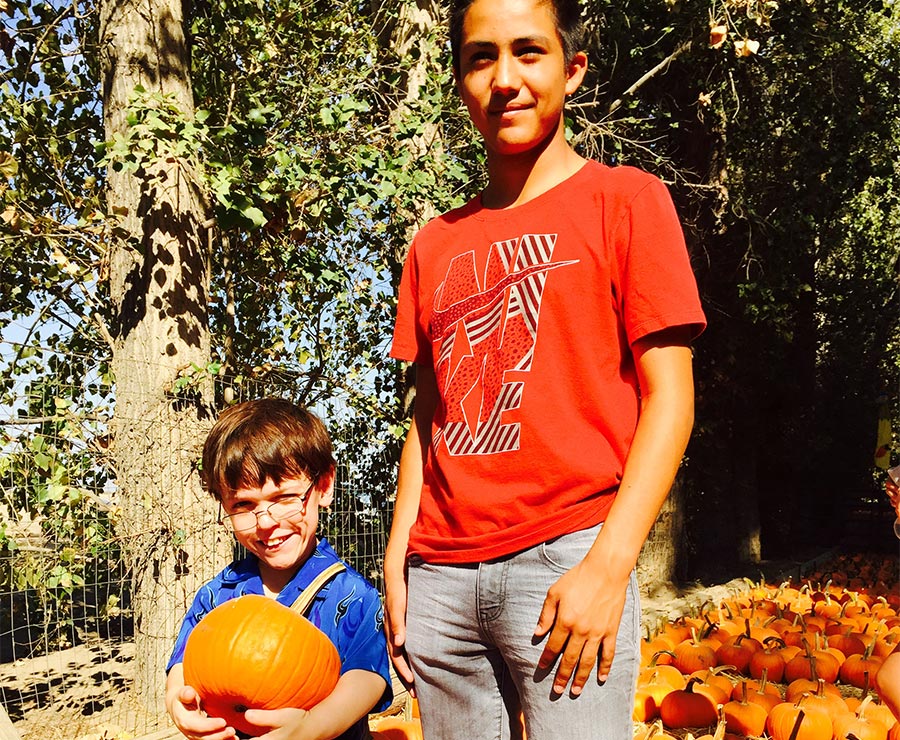class act: Best practices in action
class act: Best practices in action
class act: Best practices in action
School inclusion program decreases bullying, increases student success
o walk onto the Standard Middle School campus at lunchtime is to walk into a true circle of friends. At this sixth- through eighth-grade Bakersfield school, special education students called “friends” and general education students called “peer friends” are paired together through the Circle of Friends school inclusion program to help foster friendship, provide students with examples of appropriate social behavior, spread disability awareness, encourage tolerance and decrease bullying.
Inspired by the peer role model partnering system of Link Crew programs, Standard Middle School’s Circle of Friends was started by language arts teacher Kayla Coronado and special education teacher Brittaney Lewis. “Peer friends” are trained to model appropriate social behavior and around 70 students join together once a week to eat lunch, play games, tell each other jokes and just have fun. The program has also led field trips and other activities.
“Everybody now knows the students with special needs, and it’s not like ‘they’re different from us.’ It’s like, ‘They’re a part of us. They’re one of us,’” said Coronado, who is a program coordinator with Lewis. “The inclusive nature of our campus is drastically different than it was three years ago.”
The seemingly simple program has yielded big results. Most notably, the norms of the schoolyard have shifted. General education students who demonstrate leadership and are involved in their school community are nominated by teachers to join the Circle of Friends program. In Coronado’s words, these “cool kids” having lunch with students with special needs has collapsed traditional boundaries for the entire student body and significantly decreased bullying.
In addition to helping general education students hone their leadership skills, Circle of Friends has been an incubator of success for students with special needs. For instance, one student with autism who started the program in sixth grade as a “friend” grew in the program not only to the point of becoming a “peer friend,” but he later became one of three students to give a speech at his eighth-grade graduation ceremony.
“Circle of Friends helped him pick up the social cues that sometimes these kids need to be successful in life,” said Lewis. “Oftentimes that will hold them back more than any academic disability that they might have.”
Lewis added that special education students now spend around 60 percent of their day in general education classes, and that transition has been, for the most part, seamless. “You can walk into quite a few inclusion classes on any given day and not be able to identify where the general ed kids are sitting in the class versus the students with special needs because they’re just so integrated into the fabric of the class,” said Coronado

“Everybody now knows the students with special needs, and it’s not like ‘they’re different from us.’ It’s like, ‘They’re a part of us. They’re one of us,’”
— Kayla Coronado, Teacher, Standard Middle School
The program at Standard Middle School has been so popular that now three other elementary schools in Standard School District have started their own Circle of Friends programs. Learn more about the program.
—Corrie Jacobs